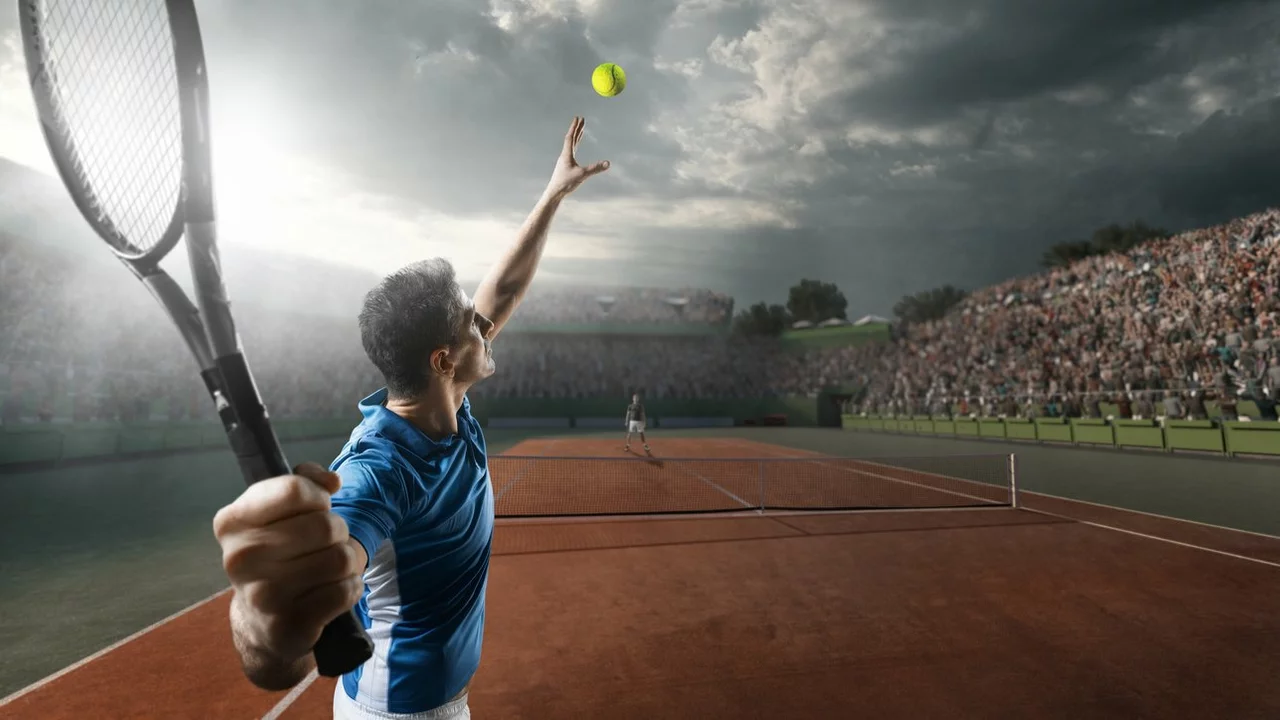Sports in 20 Years: How Games, Gear, and Fans Will Change
Ever wonder what your favorite sport will feel like two decades from now? The next 20 years are set to bring big shifts in how we play, watch, and stay safe. Below are the biggest trends that will reshape everything from a cyclist’s helmet to a stadium’s atmosphere.
Smart gear will become the norm
Helmet technology is moving past just padding. Imagine a bike helmet that measures impact, tracks heart rate, and tells you when it needs a replacement. Those features already exist in prototype form, and by 2045 they’ll be standard on every high‑performance helmet. The same smart sensors will hit ski helmets, skate helmets, and even protective caps for contact sports. Real‑time data will help athletes avoid injuries and let coaches tweak training on the fly.
Game formats and fan experiences will evolve
Fans want action, and the next generation will get it faster. Expect shorter seasons, more mid‑season tournaments, and “burst” formats where a whole league plays a knockout weekend. Virtual reality will let you feel the roar of a stadium from your living room, while augmented reality overlays will show stats on the field in real time. Teams will also use AI to personalize content, so you’ll get highlights of the players you love, right when you want them.
Training will get a tech boost, too. AI‑driven simulators will let a quarterback practice throws in any weather, and a cyclist can ride a virtual mountain that mimics real‑world gradients. These tools will shorten the learning curve for newcomers and keep veterans sharp.
Safety will finally catch up with excitement. Smart helmets will communicate with each other, warning nearby players of a hard hit before it happens. Portable airbag jackets for cyclists and skaters will inflate automatically during a crash, reducing bruises and broken bones. Leagues will likely mandate these devices, just like they already require helmets for football and hockey.
Lastly, sustainability will drive stadium design. Solar‑powered arenas, recycled seating, and water‑saving turf will become the default. Fans will see fewer single‑use plastics, and many venues will offer carbon‑offset tickets that let you track the environmental impact of your game‑day travel.
All these changes point to a future where sports are safer, more connected, and more entertaining than ever. Whether you’re a weekend cyclist, a college football fan, or just love watching a good match, the next 20 years will bring gear and experiences that feel like sci‑fi today but will be everyday reality tomorrow.
So next time you pick up a helmet, think about the sensors inside it. Think about the VR headset that might soon replace the big screen. The future of sports is already under construction, and it’s coming fast.
